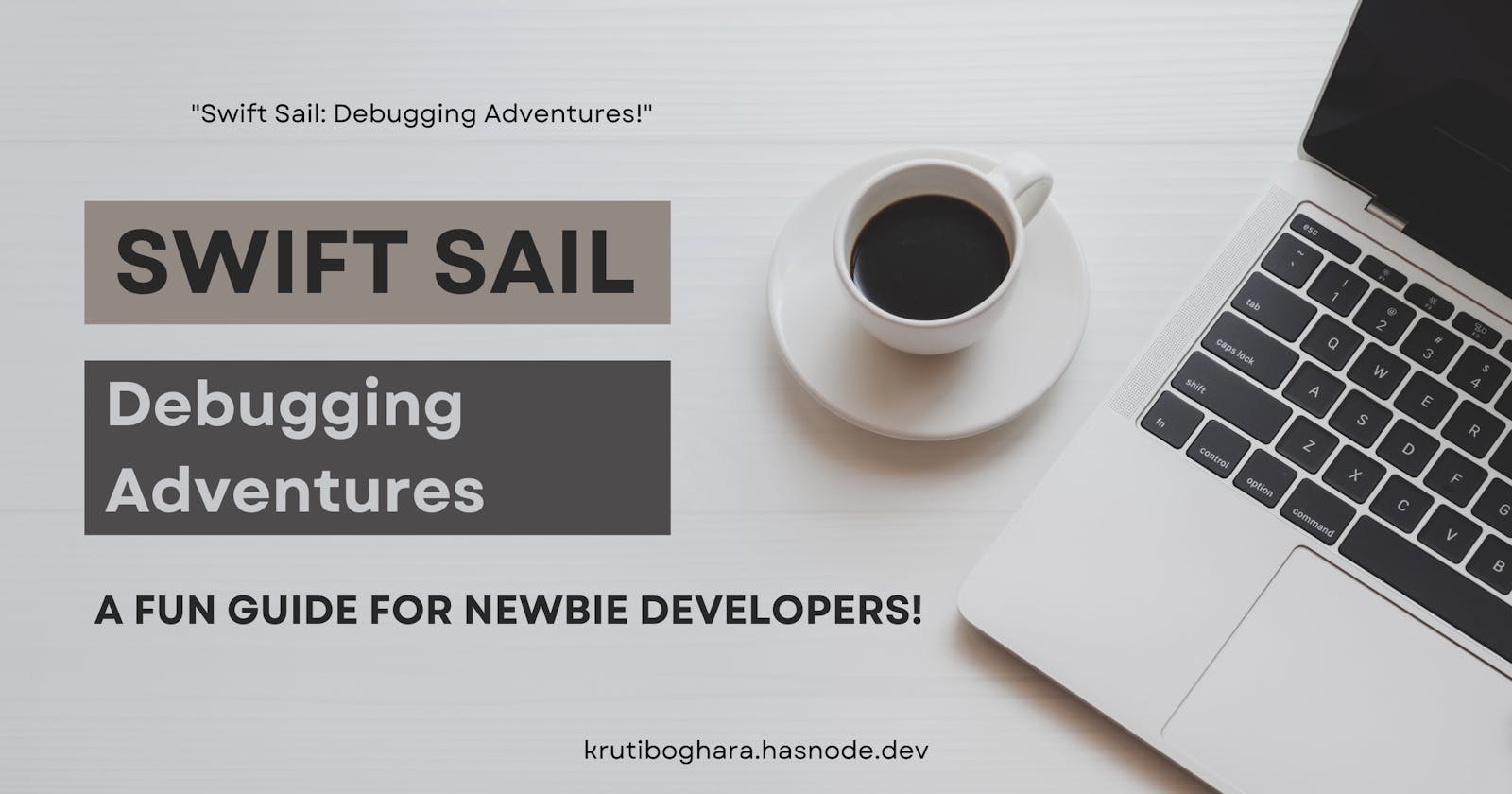Introduction:
Hey Swifties! 👋 Get ready to dive deep into the world of iOS Swift development as we tackle some of the trickiest errors encountered in large-scale projects. 🧠💻
In this vlog, we'll unravel the mysteries behind common pitfalls like concurrency chaos, memory mayhem, and layout labyrinths! 🤯 Let's make bug squashing an adventure! 🐞🔍
Error 1: "Concurrency Conundrums"
Scenario: Ever faced a wild race between your code snippets, leaving your app in disarray? We'll tame the concurrency beast together! 🦁💪
Example Code:
var balance = 100
DispatchQueue.global().async {
balance -= 50
}
DispatchQueue.global().async {
balance += 100
}
print("Final balance: (balance)")
Explanation: Both blocks of code execute concurrently, potentially leading to unpredictable results as they manipulate the balance variable without proper synchronisation.
Solution: Use synchronisation mechanisms like locks or serial queues to ensure safe access to shared resources in concurrent code.
var balance = 100 let balanceQueue = DispatchQueue(label: "balanceQueue")
balanceQueue.async { balance -= 50 }
balanceQueue.async { balance += 100 }
balanceQueue.sync { print("Final balance: (balance)") }
Error 2: "Memory Management Issues"
Scenario: You encounter memory leaks or crashes due to improper memory management, such as retaining cycles or failure to release resources.
Example Code:
class Person {
var name: String
var pet: Pet?
init(name: String) {
self.name = name
}
deinit {
print("(name) has been deallocated")
}
}
class Pet {
var owner: Person?
deinit {
print("Pet has been deallocated")
}
}
var john: Person? = Person(name: "John")
var dog: Pet? = Pet()
john?.pet = dog
dog?.owner = john
john = nil
dog = nil
Explanation: The Person and Pet instances create a strong reference cycle (retain cycle) because each holds a strong reference to the other, preventing them from being deallocated.
Solution: Use weak or unowned references to break retain cycles in cases where objects should not have a strong ownership relationship.
class Person {
var name: String
var pet: Pet?
init(name: String) {
self.name = name
}
deinit {
print("(name) has been deallocated")
}
}
class Pet {
weak var owner: Person?
deinit {
print("Pet has been deallocated")
}
}
var john: Person? = Person(name: "John")
var dog: Pet? = Pet()
john?.pet = dog
dog?.owner = john
john = nil
dog = nil
Conclusion:
Avast, ye scallywags! 🏴☠️ We've charted a course through the turbulent seas of iOS Swift development, emerging victorious against the mightiest of errors! 🏆🚢
Remember, with knowledge as your compass and perseverance as your anchor, no bug is too formidable to conquer! 🌟 Keep coding, keep exploring, and may your Swift adventures be ever thrilling! 🚀💻
Closing:
Anchors aweigh, Swift sailors! ⚓ Thank you for joining me on this epic voyage through the realms of iOS Swift development! 🌊📱 Don't forget to like, subscribe, and share the treasure trove of knowledge with your fellow developers! 🗝️💬
Until next time, may your code be bug-free and your apps be legendary! Smooth sailing, mateys! 🌟😊
